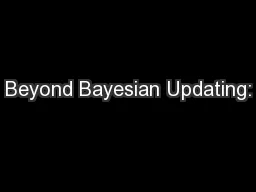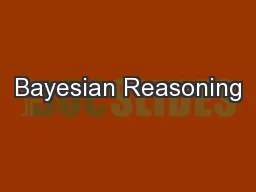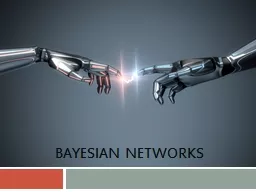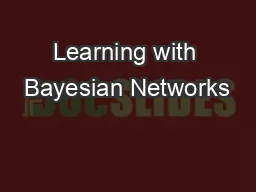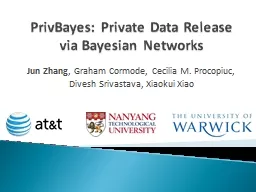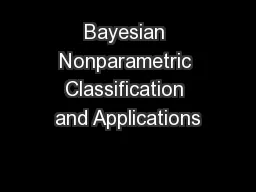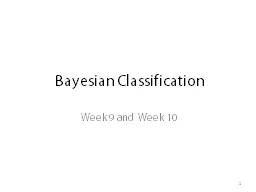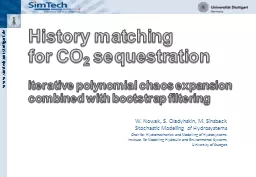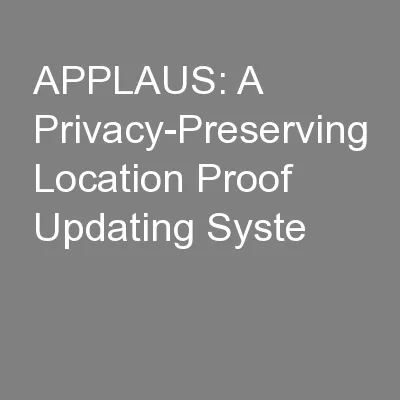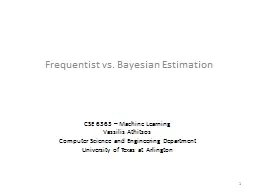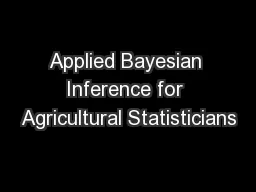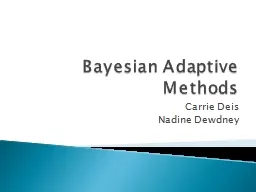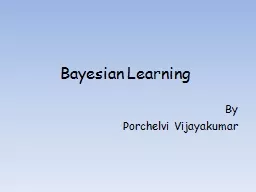PPT-Beyond Bayesian Updating:
Author : kittie-lecroy | Published Date : 2017-08-25
A Descriptively Adequate Model of Conditional Reasoning Henrik Singmann Christoph Klauer Sieghard Beller Overview Singmann H amp Klauer K C 2011 Deductive and
Presentation Embed Code
Download Presentation
Download Presentation The PPT/PDF document "Beyond Bayesian Updating:" is the property of its rightful owner. Permission is granted to download and print the materials on this website for personal, non-commercial use only, and to display it on your personal computer provided you do not modify the materials and that you retain all copyright notices contained in the materials. By downloading content from our website, you accept the terms of this agreement.
Beyond Bayesian Updating:: Transcript
Download Rules Of Document
"Beyond Bayesian Updating:"The content belongs to its owner. You may download and print it for personal use, without modification, and keep all copyright notices. By downloading, you agree to these terms.
Related Documents

